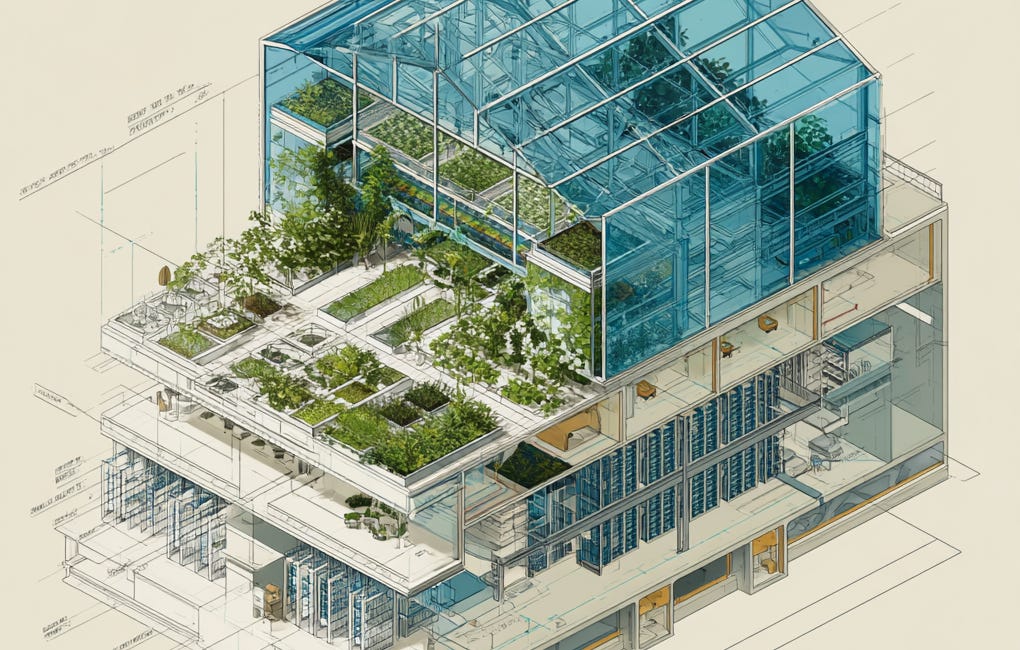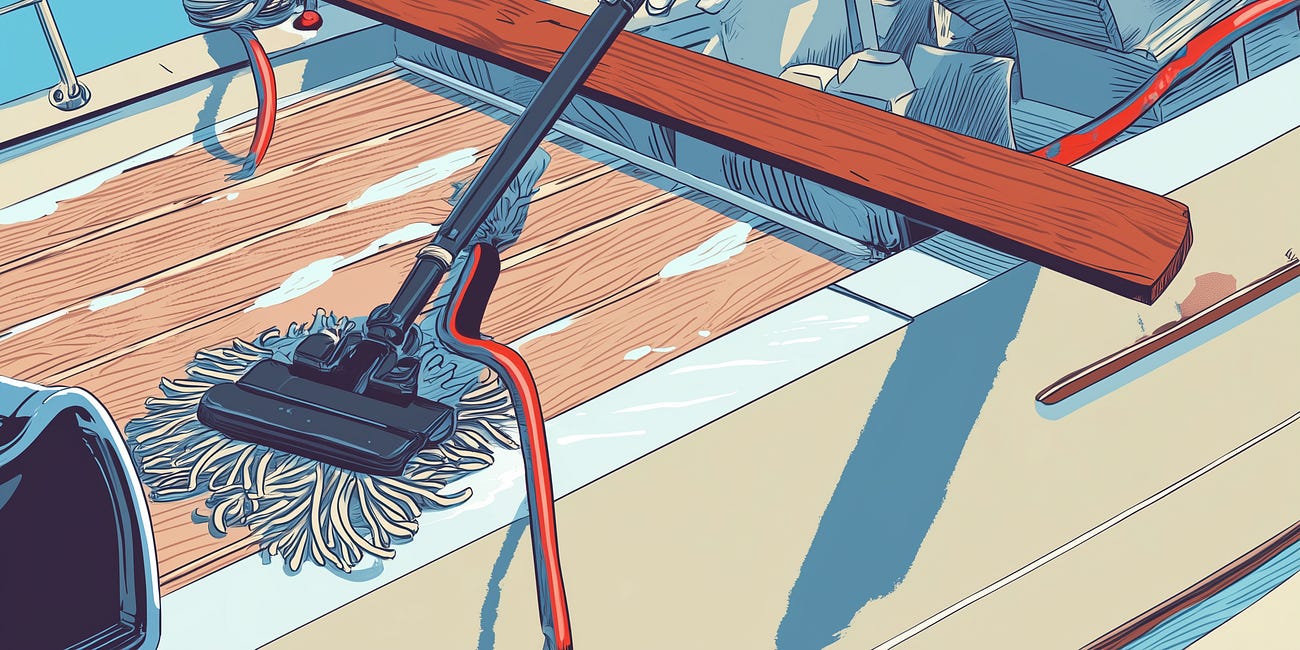Bioconcrete: A solid approach to self-heal a fractured reputation in sustainability
The average global cement production is around 4 billion tonnes, but that may soon decrease - promising results show a path for using bacteria for concrete to heal itself.
As one of the most widely used and prevalent construction materials in the world, concrete’s importance is generally as reinforced as it’s characteristics. However, in a world with increasing pressures on sustainability, the construction industry’s favourite is starting to show it’s cracks.
With a limited life span, concrete’s structural integrity exponentially decreases as soon as water penetrates the surface and cracks begin to form. In this situation, the only method to fully regain the original strength is to remove, break, and relay the concrete. There will always be a shelf life to concrete, but bacteria is touted as being the saviour for extending such shelf life. This technology enables the use of bacteria to produce calcium carbonate to fill cracks as they appear, to halt the degradation process and effectively create ‘self-healing’ properties.
This is a critical issue - despite many technological innovations, we are still yet to come up with a material that’s understood as well as conventional concrete - and can routinely match its versatility, strength and durability for relatively low build cost.
Particularly in the instance of structural concrete; the material is required to retain its mechanical strength during the whole life of the structure; but often has a high tendency to form cracks allowing aggressive chemicals to penetrate the structure at varying intervals throughout it’s life. This will result major durability problems such as alkali aggregate reactions, sulfate attacks, and steel corrosion.
A need was highlighted for future concrete iterations will require higher durability, and this led to the development of bioconcrete to satisfy socioeconomic needs with the lowest possible environmental impact.

Bacteria: A biological band-aid and self-healing saviour?
Concrete is effectively a mixture of cement, water and aggregate. Distill the concept down down even further, the cement is a processed form of Calcium carbonate (CaCO3), which can be extracted from limestone, chalk or marble after being mined or quarried.
As a natural product, research has developed which enables bacteria to be used to produce calcium carbonate. In the context of a concrete installation, this means that the product is able to effectively self-heal - with bacteria producing additional calcium carbonate to fill cracks as they form throughout the installation’s life.
Bacteria are able to produce calcium carbonate via biomineralization in the presence of a calcium source. This filling of cracks helps prevent the penetration of water and other harmful substances which can lead to shrinkages within the concrete matrix which eventually lead to the formation of defects. Bioconcrete has been shown to have greater durability and compressive strength than standard concrete which results in a longer operating lifetime also.
Bacteria are able to produce calcium carbonate by means of intracellular and extracellular precipitation as a result of a number of metabolic pathways. Urea hydrolysis is the most favourable pathway due to its high yield of calcium carbonate precipitation in comparison to the other metabolic pathways. This method of self-healing concrete reduces CO2 emissions as maintenance and new concrete production is significantly minimised; processes that are also very cost effective.
Therefore, bioconcrete doesn’t just offer a more environmentally friendly alternative, it also provides an economic relief.

The sensitive setback to self-healing bacteria; and alternative solid solutions
Bacteria are very sensitive to their environment and so require optimal conditions to provide effective concrete self-healing results, this can be due to factors such as pH, temperature and water availability. These conditions are simple to optimize in laboratory settings, but difficult to environmentally overcome during real world applications - where this concrete could be used in off-shore oil rigs, or in other harsh climates and exposures.
There are other methods of crack filling in concrete; most fall under the category of autogenous healing. This method relies on the constituents of the cementious matrix to provide self-healing properties, for example, the swelling of hydrated cement paste along the crack walls due to water adsorption, or the blocking of cracks due to debris in the water and fine concrete particles due to the cracking process.
Another approach is to use blast furnace slag rather than cement clinkers, an intermediate product in concrete production. These slag particles can remain unreacted for several years after casting and so their eventual reaction has the potential for self-healing of concrete structures.
However, these techniques of autogenous healing are only efficient for small crack sizes and are difficult to predict and so are unreliable. So although these could be future alternatives, no approach appears to be the definitively best route - and all should be explored as part of further developments.
This is an exciting development in materials science; not only replicating all of the intrinsic benefits of a widely used and common material, but increasing it’s effectiveness, sustainability and durability. Once refined, this technology could form the basis to carry out retroactive repairs to existing concrete installations as part of preventative maintenance also.
TH
You may find these of interest:
A Hot Take, from Bits to Beets: how data centers could be growing our lunch for free
This started out as a shower thought; but the more I think about it the more I'm becoming obsessed with it.
Divide & Conquer: Decentralized manufacturing could be the saviour for both employment and commercial real estate
Have we reached peak manufacturing efficiency? If we’re brutally honest, there’s only been a handful of true leaps in progress over recent years. There was obviously the industrial revolution and the production line; industrialised automated manufacturing methods; and more recently robotics and AI integration.
All Hands on the Wrong Deck
Out of all of the parts of the body, the human hands are arguably nature’s finest work. Connected to an actuating lever (ie our arms), they’re basically barely anything comparable in the animal kingdom that really comes close - with the same amount of sensitivity, strength, dexterity, range of motion, actuation, grip, and rotation. Other species have fa…






